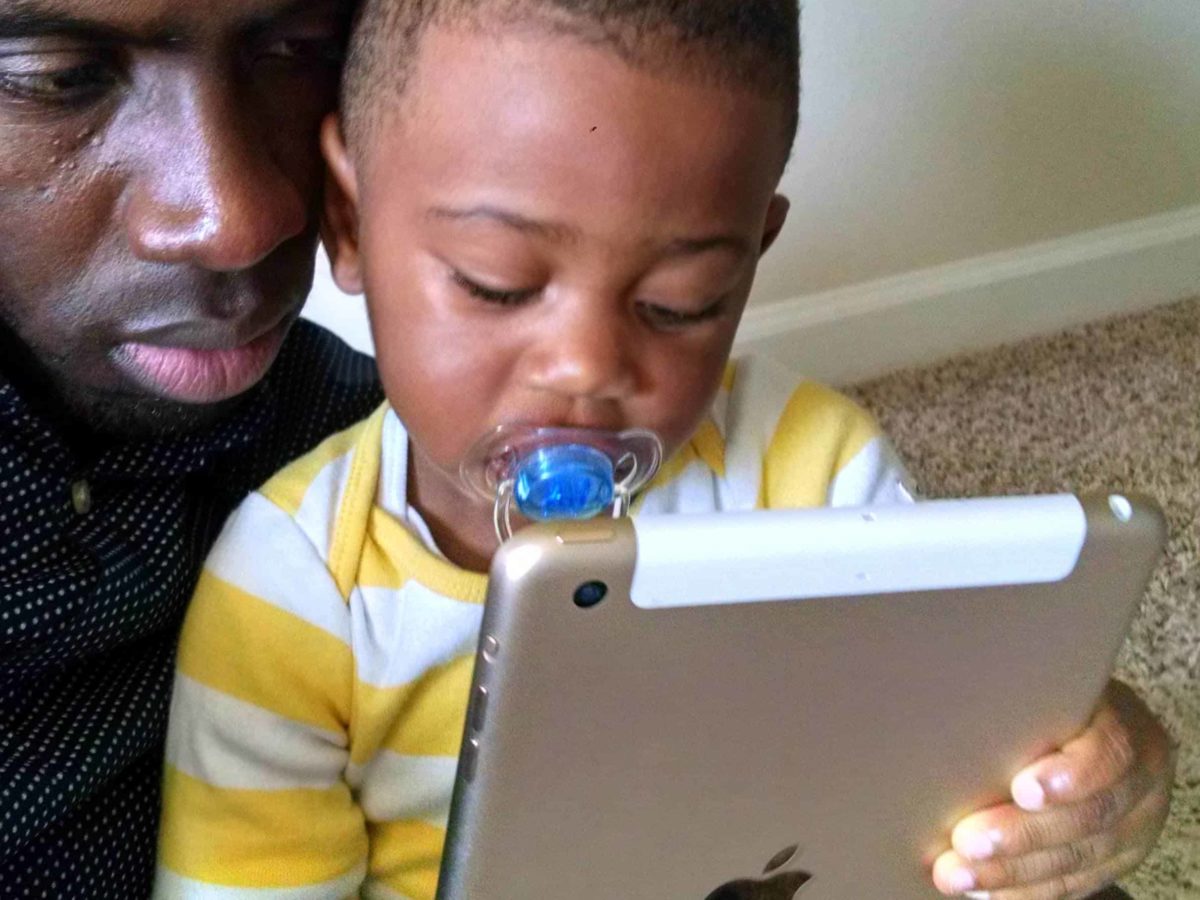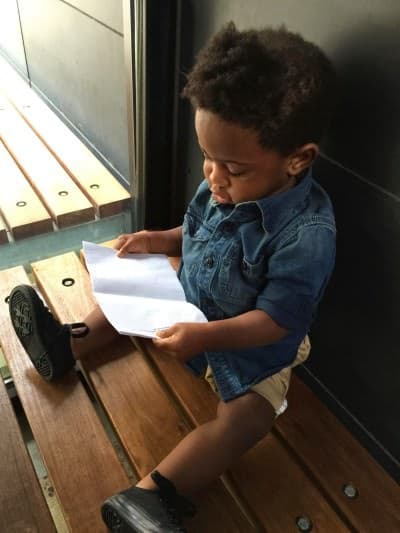

Dear Miles,
Two trends – population growth and volume purchasing power – are going to redefine your place in our society by creating a multicultural consumer group. Your experience in this group will be defined by terms like “ambicultural” and “superconsumer.”
A 2015 report by Nielson, a global performance management company, entitled The Multicultural Edge: Rising Super Consumers, documents these trends.
Our population growth is a result of immigration and birth rates.1 The increase in minority youth is thought of as the “Browning of America.” As this group expands, I believe race will become an even more complicated and interesting conversation.
The strength of your multicultural consumer group comes from your buying power. Micro volume purchasing is an important economic driver. One or two dollar purchases by millions of minority students will establish you all as a demanding and economically reliable voice.
I have so many questions surrounding this growing population and how you will leverage your economic power.
Who gets included and excluded from the group?
How will you use your social and economic influence in American culture?
Will you confuse and redefine the old discussions of race and racism?
Will you disrupt the existing statistics that predict lower educational performances based on racial groups?
Will schools embrace technology driven community desire?
Multicultural superconsumers
Multicultural consumers are the fastest growing group of the US population with roughly 120 million and expanding at a rate of 2.3 million a year.2 38 percent of the US population already, this group is made up of African American, Hispanic, and Asians.3 Your impact on the mainstream is unprecendented.4
“As the nation’s three largest multicultural groups continue their upward trajectory in both numbers and buying power…, [t]hey are leading the way in digital devices and social media, which they use to celebrate and maintain their evolving cultural identities, as well as to connect with each other and the world around them….[T]hey are ‘super consumers.’”5
For African-Americans specifically:
Because most African-Americans can trace their status as native-born Americans going back several generations, their ambiculturalism is about balancing their aspirational identities as well as maintaining and bolstering their cultural influence and status in an increasingly multicultural society. At 13% to 14% of the population with $1.4 trillion in buying power by 2019, African-Americans have had a profound effect on the overall American population, and as early adopters of technology, this engaged and connected group has the power to inspire consumer trends. African-Americans gravitate to products that reflect their desire to maintain ties to cultural traditions and family relations in large cities and culturally to the American south.6
Tools of the group
I had a chance to speak with my students about their increasing engagement in this online community. When I started the conversation by mentioning Facebook, they laughed. They said that Facebook was for old people. They informed me that their community uses three tools: Instagram, Facetime, and text. No phone calls.
These students walked me through the time spent online between school dismissal and bedtime. It appears that the bulk of that time is devoted to nurturing, engaging, and developing virtual relationships. This is done through pictures, micro videos, chats, and texting. According to my students, Facetime and Instagram are the best tools for sustaining relationships.
I asked my students about using these tools during school and they quoted verbatim the district policy on no personal electronic devices. There was a letdown at this point in their energy and excitement.
How should schools adjust to these trends?
How long can schools restrict access to this community during school?
An education technology specialist I spoke with for the state was baffled by the decision of districts and schools across the state to restrict access to this community rather than leveraging it for student success.
Impact on education
Major corporations are begging for these same students to be even more engaged online because of the economic benefits.
When will our education system begin to beg students to be more engaged online because of the academic benefits?
This will only occur when we fully understand the group features.
First, members are on the cutting edge of blending and uniting demographics and social trends. They are reshaping how Americans use culture to connect with increasingly diverse populations.
Second, the cultural patterns that describe this group is foretelling of how communities will look 20 years from now. This occurs through their belief in expression and inclusion. They express their ethnic uniqueness while at the same time feeling completely included in a group of diverse cultures.
Third, this group is absolutely devoted to using technology from morning to night.
Miles, in time, the blending of demographics, ethnicities, and economics will create an unbelievable educational experience for you.
Your Dad
Previous letters:
An open letter to my son, Miles
An open letter to my son, Miles: Fatherhood
An open letter to my son, Miles: Safe space
An open letter to my son, Miles: The Black community, police violence, and our schools


